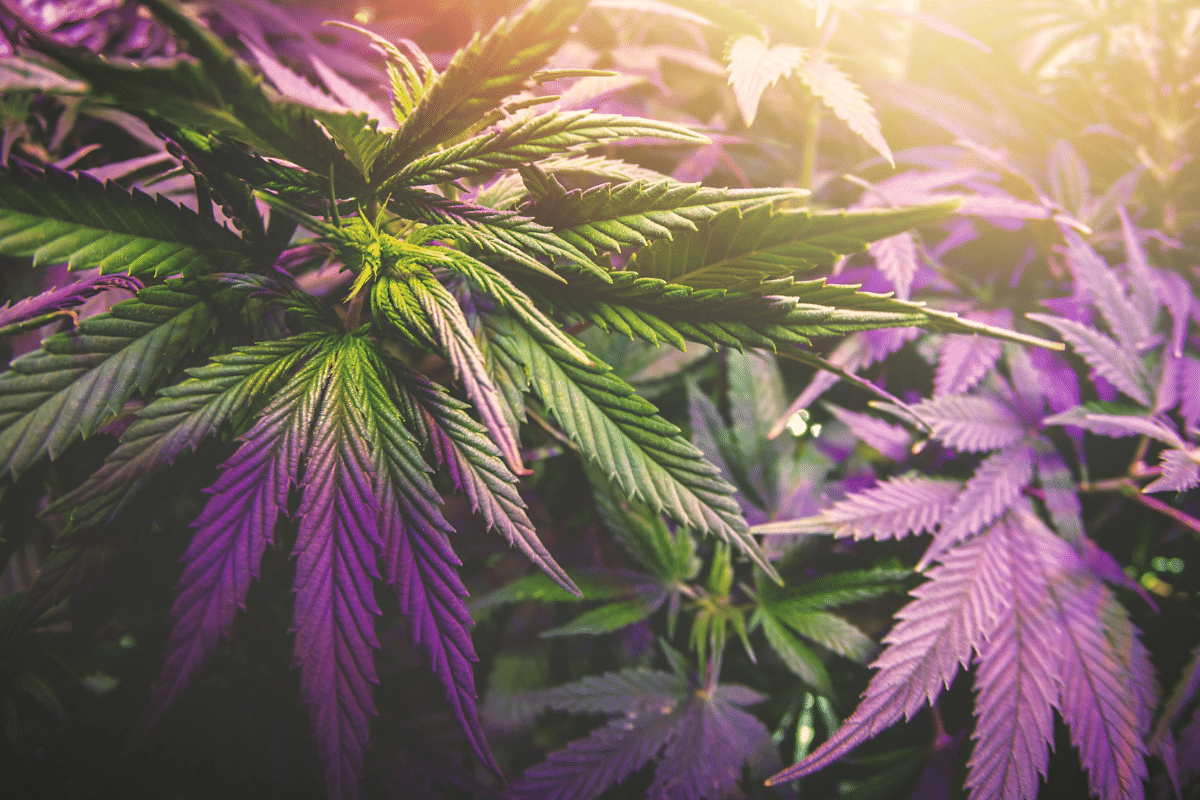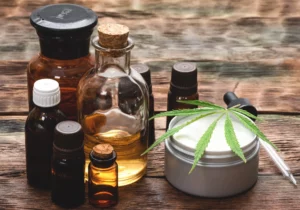Cannabis has been known throughout history for its medicinal and recreational properties, yet it’s only recently that the full extent of its potential has started to surface. The earliest known mention of its use dates back almost 5,000 years to China, where it appears in the pharmacopeia of Emperor Shen Nung, the father of Chinese medicine. Nowadays, the use of cannabis in the United States is legal for recreational purposes in 18 states and for medicinal purposes in 37 states.
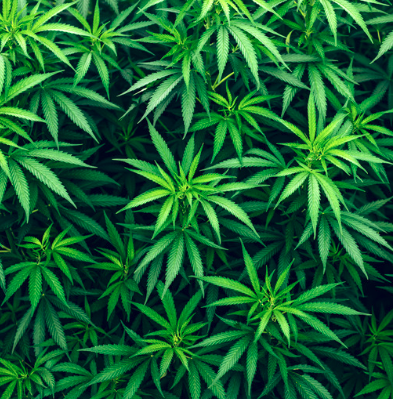
What Is Cannabis?
Cannabis sativa and Cannabis indica are two strains of the same plant, containing more than 500 chemical compounds known as cannabinoids. Out of these cannabinoids, two stand out: THC or tetrahydrocannabinol, which is responsible for the psychedelic effects that arise when cannabis is consumed, and CBD or cannabidiol, known for its anti-inflammatory properties.
Because of the importance of these two substances, most cannabis products such as full-spectrum cannabis oil, CBD or THC oils, and even edibles list the amounts of THC and CBD that they contain.

What Are the Effects of Cannabis?
When a person smokes marijuana, or weed, their lungs absorb THC and circulates it to many organs, including the brain. The effects are felt almost instantly and last for up to three hours. When ingested, through an edible, it takes from 30 minutes to two hours to take effect. However, because the digestive system sends nutrients throughout the entire body, the psychedelic high lasts longer, typically between four to six hours.
The high from psychoactive THC often creates feelings of euphoria and relaxation, releases stress, and promotes creativity — yet in certain instances, it may cause anxiety and paranoia. The psychedelic symptoms are caused by the THC alone, which connects to a certain kind of neuron receptors called cannabinoid receptors. This is also known as the endocannabinoid system or ECS.
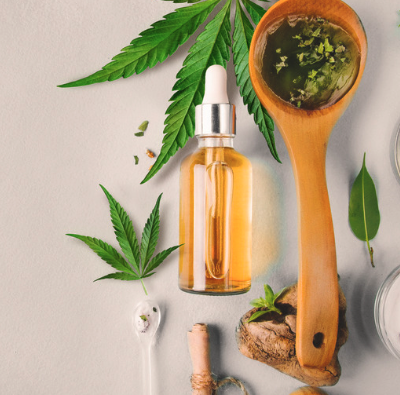
Receptors are found in large areas of the brain associated with pleasure, memory, perception, movement, and many others. The CBD’s neuro anti-inflammatory properties mildly balance the intensity of THC effects.
What Are the Therapeutic Benefits of Cannabis?
Initially, the first therapeutic effects of cannabis were through to be, at best, adjuncts to other treatments. For example, as the brain “lights up” with the effects of THC, it begins to demand more energy which stimulates appetite. This is useful for people suffering from more severe conditions, like cancer or HIV, that may cause a low appetite. THC is also known to help with sleep, anxiety, chronic pain, and more.
In 2012, studies showed that CBD alleviates schizophrenia symptoms in patients, with results that are actually comparable to conventional antipsychotic drugs. Additionally, in 2017, CBD was shown to reduce epileptic seizures in children in a placebo-controlled trial. Today, it is used with very good prospects in treating chronic pain and cancer. Aside from the physical benefits, cannabis is also used to combat certain mental health problems.
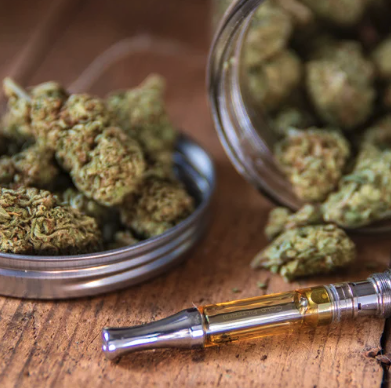
Are There Any Risks Associated with Cannabis?
The short answer to the question “Does marijuana cause addiction?” is “Yes." About 9% of the population will be ‘addicted’ to cannabis, but more often this is called cannabis use disorder. It is important to note that if a person starts using before the age of 18 they are 4-7 times as likely to develop a dependence. Although more often than not, weed is benign, it is also known for its damaging effects on memory when consumed for longer periods and accelerating the onset of disease for people predisposed to schizophrenia.
Is Cannabis Legal?
It depends on where you are. Many countries have already legalized medical marijuana, and a growing number have legalized it for recreational purposes. But in countries like the United States, where state and federal laws differ, the discrepancy causes confusion. Under federal law, marijuana is a Schedule I substance illegal to grow, buy, sell or even carry.

The battle against marijuana started in 1970 with Nixon’s Controlled Substances Act which later became known as The War on Drugs. It took fifty years for mainstream society to acknowledge the benefits of medical marijuana. Recreational cannabis is still illegal in many of the states within the US and cannabis for the most part is still illegal in the vast majority of countries worldwide.
Where Can I Legally Seek Cannabis Treatment?
Ask a cannabis doctor whether using medical marijuana as an adjunct treatment or primary treatment is suitable for you. This is relatively easy with Telehealth services in the US like HelloMD.
If the doctor thinks that you will benefit from using medical marijuana, they will issue you a medical marijuana recommendation. Depending on the state, they may also connect you to a dispensary where the medication will be available for purchase. In some states it is mandated that a pharmacist be on site.
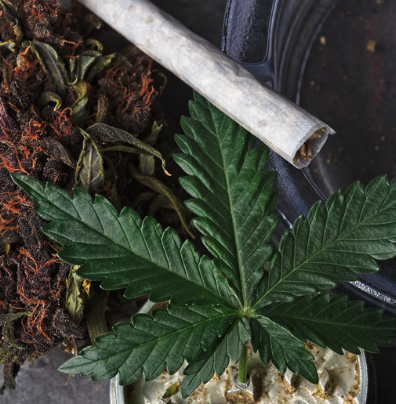
If you wish to use cannabis for psycho-therapeutic purposes, a visit to the psychiatrist will surely help you find out whether or not medical marijuana is recommended for you.
Get Your Medical Document & Purchase Medical Cannabis
It’s easy to get your medical document with the online Telehealth service HelloMD. Register, pay, and receive an online medical consultation with a licensed practitioner and start purchasing medical cannabis today.



